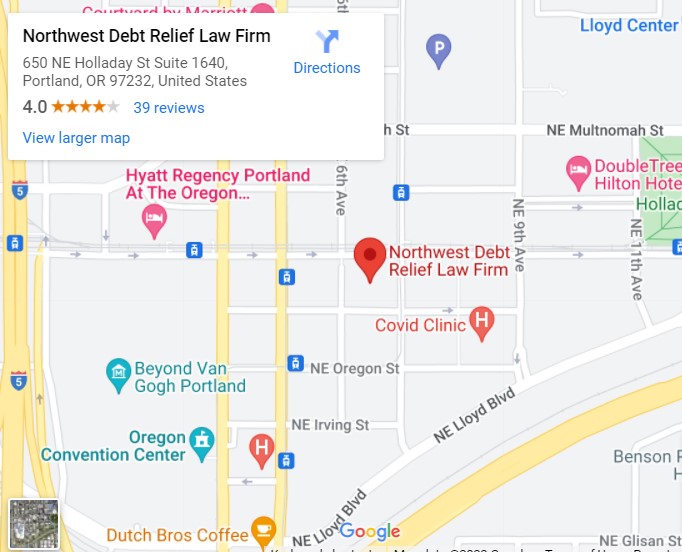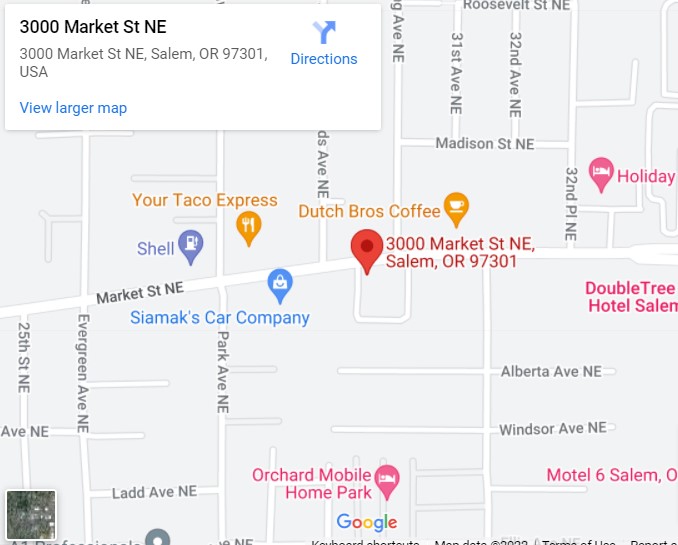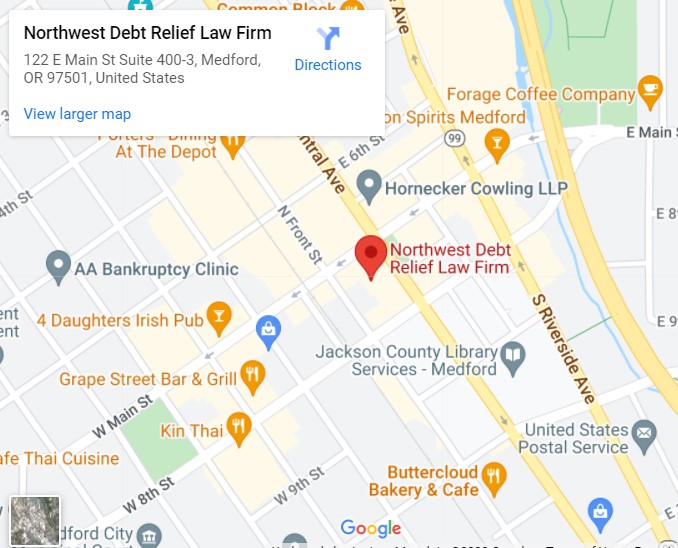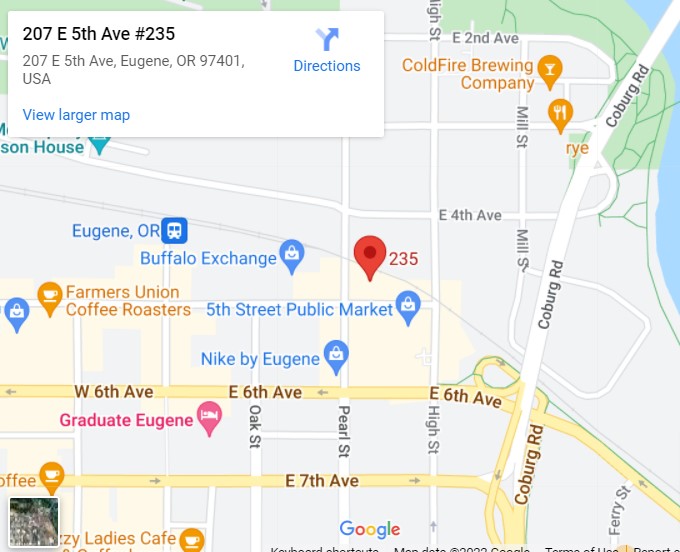 How Does the Chapter 7 Means Test Work?
How Does the Chapter 7 Means Test Work?
Before you file for bankruptcy, you need to take the means test. This will determine which bankruptcy chapter you are eligible for. If you pass the test, you can file a Chapter 7; however, if you do not pass, you have the option of filing a Chapter 13. It’s important that your means test be accurately calculated so that you know which chapter to file.
There are two types of personal bankruptcy: Chapter 7 and Chapter 13. Under Chapter 7, most of your property and assets are liquidated by a bankruptcy trustee. The proceeds are then used to pay your debts and most of your remaining debt is discharged. Chapter 7 bankruptcies are typically completed in several months. On the other hand, Chapter 13 bankruptcy allows you to repay your debt over several months, and will allow you to keep most of your assets. If you aren’t sure which form of bankruptcy is best for you, contact an experienced bankruptcy lawyer.
Means Test Exemptions
Not everyone must complete a full means test analysis. For example, you are exempt from the Chapter 7 means test if:
- Most of your debt is business debt,
- You are a disabled veteran and most of your debt accrued while you were on active duty or homeland defense duty, or
- Your average household income is below Oregon’s median income.
Many people are exempt from the means test based on their low household income.
Oregon’s Median Income Exemption
Determining your average household income is relatively simple. Add all of your household’s income together for the past six calendar months. This includes wages, business income, rental income, unemployment benefits, and retirement or pension benefits. Then, divide your total household income by six.
Next, you must compare your average household income to Oregon’s median household income. For this calculation, multiply your monthly average income by 12. The state bases median household income values on census data and other information. As of April 1, 2017, Oregon’s median household income levels are:
- One person household: $50,333,
- Two person household: $61,553,
- Three person household: $70,877, and
- Four person household: $80,170.
For each additional person in your household, add $8,400 to calculate Oregon’s median household income. However, these values change over time. A bankruptcy lawyer can ensure that you are using the most up-to-date numbers.
If your average household income does not exceed Oregon’s median income, you subsequently qualify for Chapter 7 bankruptcy (and do not have to perform a more complicated means test calculation).
Applying the Means Test
If your average household income exceeds Oregon’s median income, then you must complete a full means test calculation. This involves subtracting allowed expenses from your average household income. Allowed expenses are not always based on your personal expenses. Instead, some expenses are calculated using national and local standards (set by the Census Bureau and the IRS). A Portland bankruptcy attorney can help you properly calculate your allowed expenses.
After your expenses are taken out, the remainder is considered your disposable income. If your total disposable income for the next 60 months is less than $7,700, you meet the Chapter 7 means test. However, if your disposable income exceeds your allowed expenses, you must go through a series of other calculations to determine eligibility.
Contact a Bankruptcy Lawyer to Learn More
For most people, filing for bankruptcy and means test calculations can be overwhelming. Since it is important to accurately calculate your income and expenses, you need to work with an experienced bankruptcy lawyer. Call the Northwest Debt Relief Law Firm today. We can help you understand your options and help you on the road to financial recovery.






